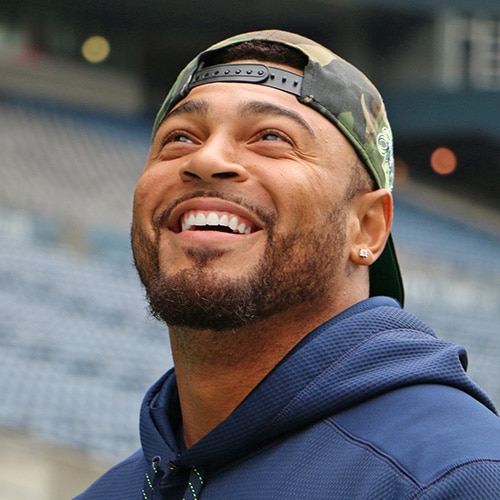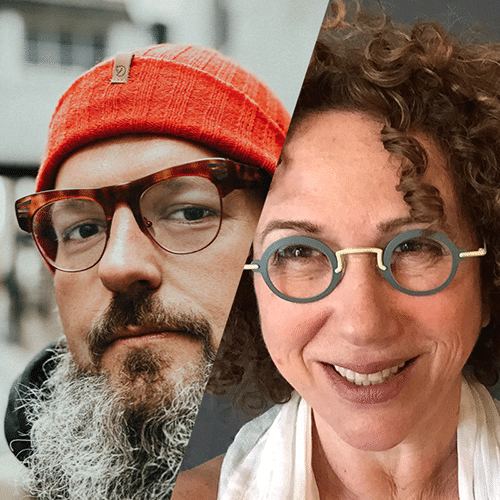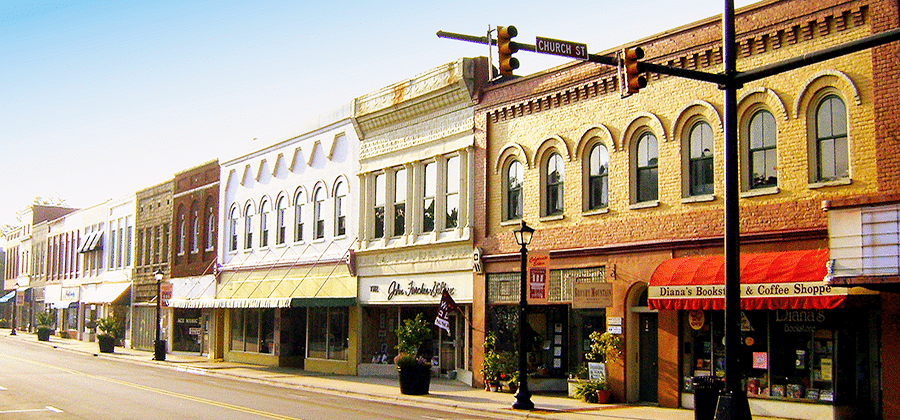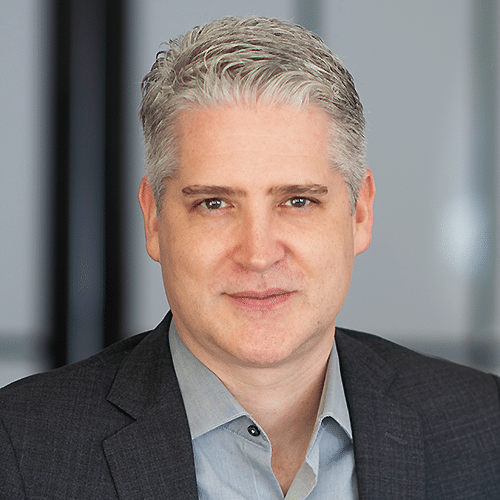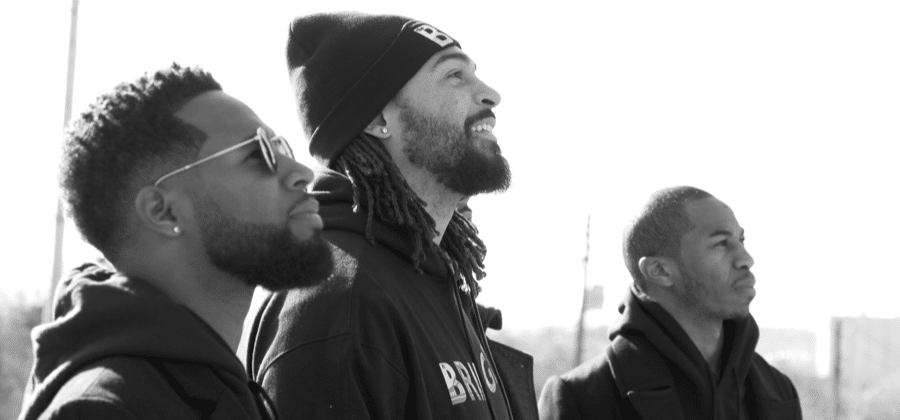
“Even after retiring from the NFL, Seattle Seahawks players keep finding ways to give back to their community. Former offensive tackle Garry Gilliam and defensive tackle Jordan Hill, who have played football together for most of their lives, are uniting once again to create change in their hometown of Harrisburg, PA.” writes Samantha Sunseri for Yahoo Sports.
When Garry Gilliam retired from football, it was just the end of his first career. As a graduate with multiple degrees from Milton Hershey School and Penn State University, and with a thirst for knowledge and a passion to give back to his community, he launched a second career – as founder and CEO of The Bridge. Not content with coaching youth football, his former colleague and good friend Jordan Hill also jumped on board as chief community officer.
With the Bridge they are building a ‘for-purpose’ real estate development company with the intention of acquiring unused properties such as malls, schools and warehouses and transforming them into inner-city mixed-use ‘eco villages’. Their focus is on cooperation, collaboration, and community. Sustainability will be achieved by residents being able to work, eat, learn, live, and play all in the same location. The first eco-village, in the former Bishop McDevitt High School, broke ground in late 2020 and they hope to open it to the public in 2022. The project will include affordable housing and spaces for entrepreneurs, entertainment, specialized learning and trade programs. Year-round food production is planned, using no-soil agricultural techniques such as hydroponics and aeroponics.
The Bridge wants to address some of the challenges which many communities face and which have created systems of oppression for many Black Americans. They want to “span the tide…. that exists between the rich and the poor, the informed and the untaught, the entrepreneur and the everyday citizen.”
Listen to my interview with Garry Gilliam or read the original article here.
Images courtesy of The Bridge

